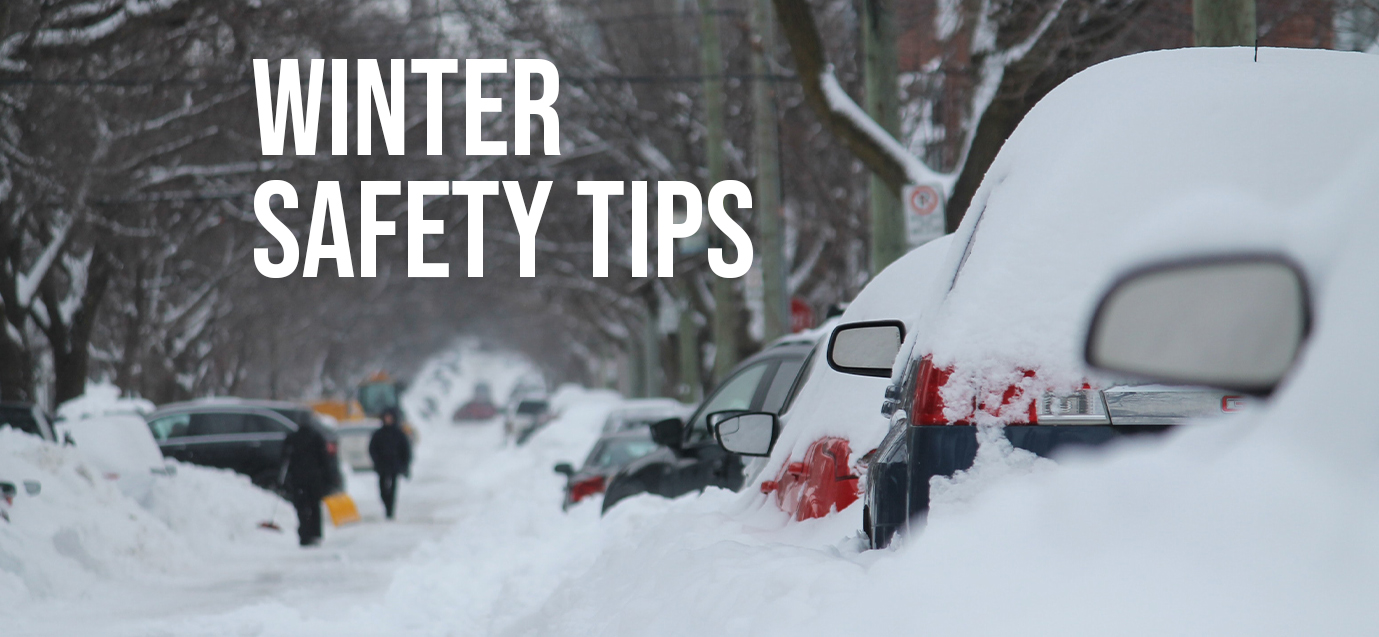You must have cookies enabled for the site to work properly.

Winter Safety Tips
Tuesday October 25, 2022
This past weekend, parts of Utah, Colorado, Montana, and Nevada had their first snow of the year and temperatures were much lower than normal in the rest of the country. As of October 23rd, the highest amount of snow fell in Alta, Utah, which had 20 inches. Other portions of Montana and Utah also received over a foot of snow.
Types of Winter Disasters
As winter approaches, it’s important to make sure your home and vehicle disaster kits include items that can help keep you warm. Winter storms can bring snow, sleet, and freezing rain across the US. Many people only think of snow storms when preparing for a cold weather disaster but there are many different types of disasters that can occur.
- Blizzard: Sustained winds or frequent gusts of 35 mph or more with snow and blowing snow frequently reducing visibility to less than a quarter mile for 3 hours or more.
- Blowing Snow: Wind-driven snow that reduces visibility. Blowing snow may be falling snow and/or snow on the ground picked up by the wind.
- Snow Squalls: Brief, intense snow showers accompanied by strong, gusty winds. Accumulation may be significant.
- Snow Showers: Snow falling at varying intensities for brief periods of time. Some accumulation is possible.
- Flurries: Light snow falling for short durations with little or no accumulation.
- Avalanche: A mass of tumbling snow. More than 80 percent of midwinter avalanches are triggered by a rapid accumulation of snow and 90 percent of those avalanches occur within 24 hours of snowfall. An avalanche may reach a mass of a million tons and travel at speeds up to 200 mph.
How To Prepare
Weatherproof Your Home
- Insulate any water lines that run along exterior walls so your water supply will be less likely to freeze.
- Caulk and weather-strip doors and windows.
- Insulate walls and attic.
- Install storm or thermal-pane windows or cover windows with plastic from the inside.
- Repair roof leaks and cut away tree branches that could fall on your home or other structure during a storm.
- Have your chimney inspected.
Create An Emergency Car Kit
It is best to avoid traveling in winter storms, but if travel is necessary, keep the following in your car: